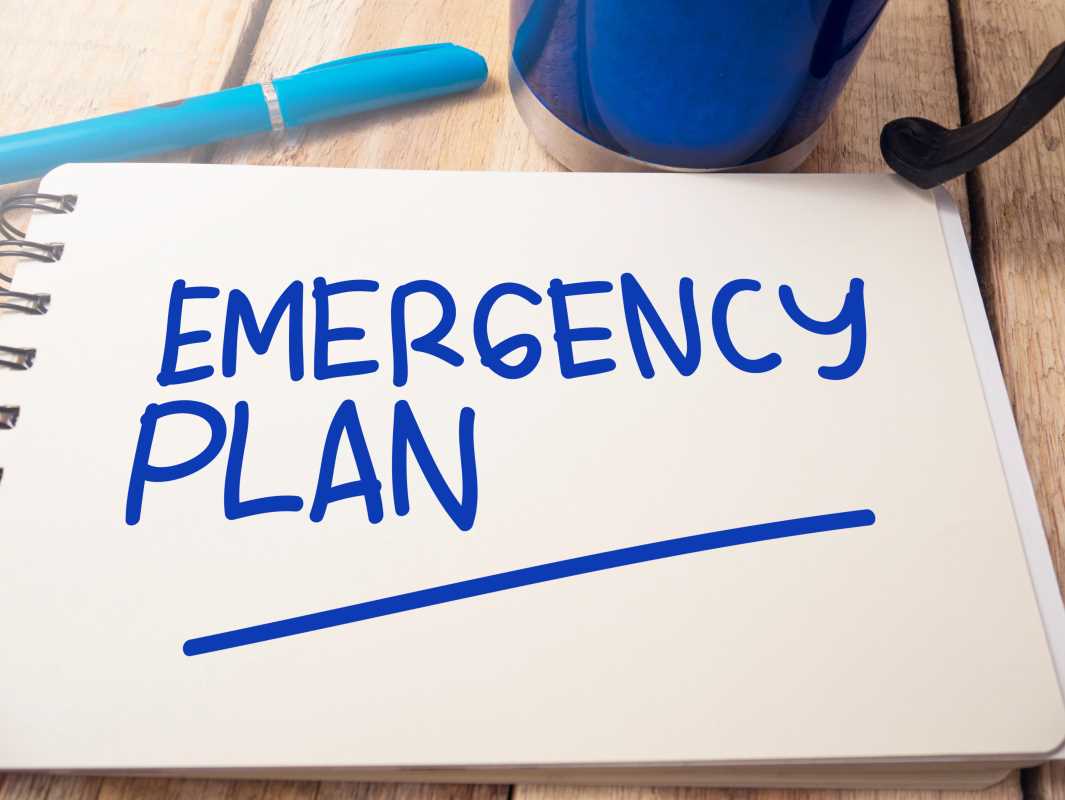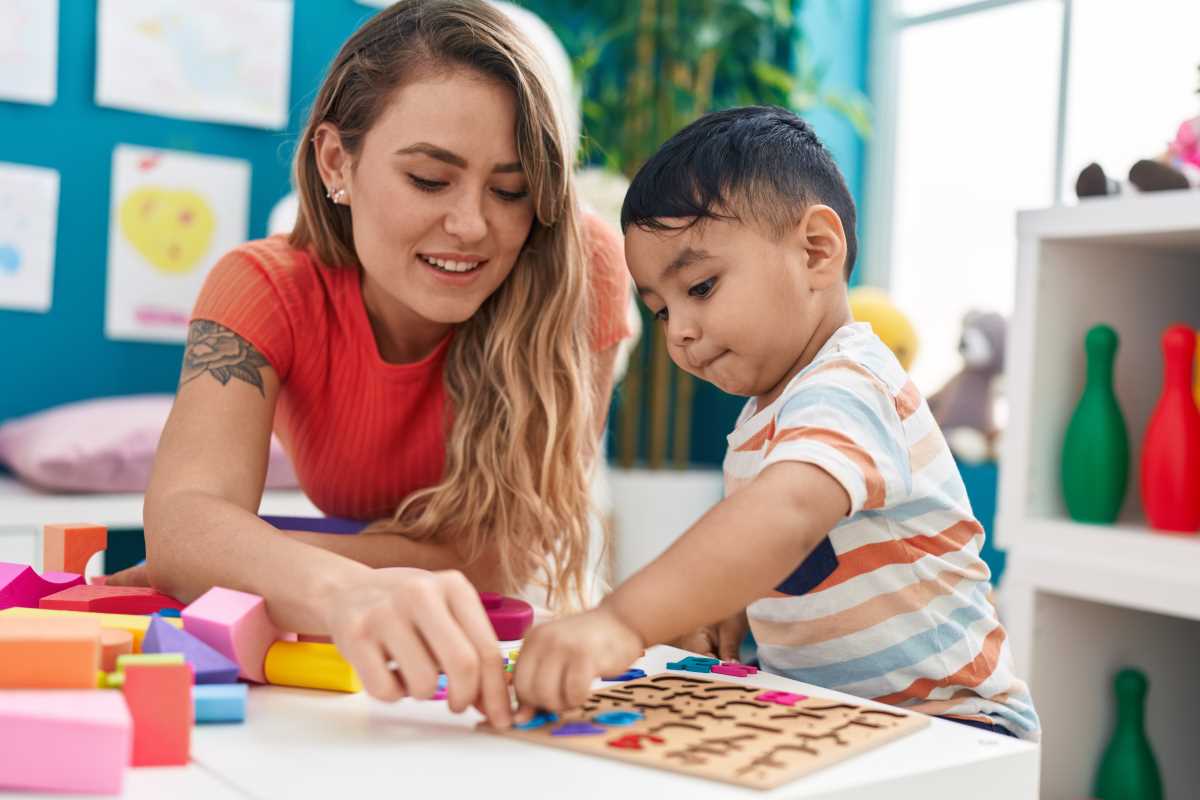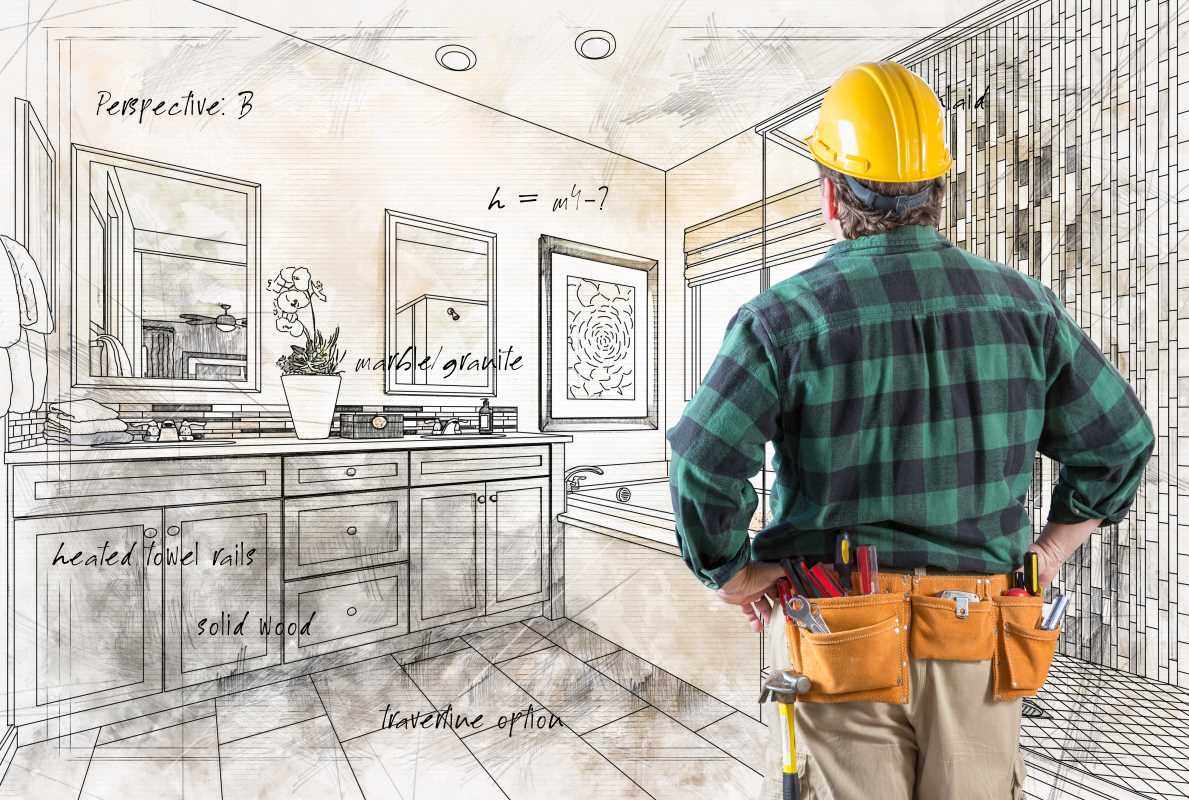Emergencies can happen without warning, and when they do, having a solid plan can make all the difference. For families with elderly or vulnerable members, it’s especially important to prepare in advance. Whether it’s a natural disaster, a medical emergency, or a sudden power outage, making sure these loved ones stay safe and cared for requires extra thought and coordination.
This guide will walk you through practical steps to create an emergency plan that addresses the specific needs of elderly and vulnerable family members. From assessing risks to organizing critical supplies, you’ll learn how to feel confident that your family is ready for unexpected situations.
Emergencies often come with chaos and stress, so having a plan in place can help you act quickly and decisively. For elderly individuals or those with disabilities, emergencies can bring extra challenges such as mobility limitations, medical dependencies, or communication needs. Planning ahead ensures that everyone in your family knows what to do, which minimizes confusion and protects your loved ones.
Being prepared also provides peace of mind. Knowing you’ve accounted for every family member’s needs can reduce anxiety about what could happen in a crisis.
Step 1: Assess Your Family’s Needs
Every family is different, so your emergency plan should address the specific needs of your elderly or vulnerable family members.
Consider Their Medical and Physical Needs
Start by thinking about their daily routines and requirements. Ask yourself:
- Do they take medications that need to be refrigerated or administered at specific times?
- Do they require medical equipment, like oxygen machines, mobility aids, or hearing devices?
- Are they able to walk, or will they need assistance evacuating?
Identify Their Communication Preferences
Communication barriers can complicate emergency responses. If your loved one has difficulty hearing, seeing, or speaking, make sure to include accommodations in the plan. For example, have visual aids ready for someone who is hard of hearing or ensure medical responders are aware of speech limitations.
Think About Emotional Comfort
Emergencies can be emotionally overwhelming. If your loved one is prone to anxiety or confusion, consider preparing comfort items like blankets, photos, or favorite foods to help them stay calm.
Step 2: Create a Family Emergency Communication Plan
Making sure everyone can stay in touch during an emergency is crucial.
Establish a Primary Contact
Choose a family member or friend who lives outside your immediate area to be the primary contact person. This ensures someone can coordinate information if phone lines in your area are temporarily overloaded.
Share Contact Information
Write down key phone numbers and share them among family members. This should include:
- Emergency services (911 or local numbers).
- Doctors and health providers.
- Neighbors or caregivers who are willing to help.
Plan for Multiple Communication Methods
If phone lines are down, plan for alternatives like text messaging, email, or emergency apps. For those with hearing impairments, ensure they have access to text-based communication options.
Step 3: Prepare an Emergency Kit
An emergency kit is essential for any household, but for families with elderly or vulnerable members, it must include tailored supplies.
General Essentials
- Flashlights and extra batteries.
- Bottled water and non-perishable food (at least three days’ worth).
- A first-aid kit with bandages, antiseptic, and over-the-counter medications.
- A battery-powered or hand-crank radio.
Specialty Items for Elderly or Vulnerable Family Members
- Medications: Include a week’s supply, alongside a list of medications, dosages, and any allergies.
- Medical equipment: Include spare batteries or backups for devices, like hearing aids or glucose monitors.
- Important documents: Pack copies of ID, medical records, insurance information, and an emergency contacts list.
- Mobility aids: Keep canes, walkers, or wheelchairs accessible.
- Personal comfort: Add items like glasses, dentures, favorite snacks, or a comforting blanket.
Store and Label Supplies
Pack your emergency kit in a durable, easy-to-carry bag and store it in a place everyone can access quickly. Label everything clearly, especially items like medications or medical tools that others may not recognize.
Step 4: Plan for Evacuation
If an evacuation becomes necessary, having a clear plan helps minimize stress and ensures everyone gets out safely.
Choose Safe Routes
Identify two or three possible safe locations, such as the homes of friends or family members, shelters, or hotels. Map out the quickest evacuation routes for each destination.
Transportation Plans
If your loved one has limited mobility or uses medical devices that are difficult to transport, make sure to arrange for appropriate transportation in advance. This could involve:
- A wheelchair-accessible van.
- Assistance from community transit services specifically for people with disabilities.
- Coordinating rides with neighbors or family.
Practice Evacuation Drills
Running through evacuation drills regularly allows everyone to understand their role and react more confidently during a real emergency. Focus on:
- Safely transferring your loved one to a vehicle.
- Identifying who will carry essential items like emergency kits or medical gear.
- Learning the quickest, safest ways out of your home.
Step 5: Stay Connected to Emergency Alerts
Staying informed in an emergency is critical, especially when decisions about evacuation or sheltering need to be made quickly.
Sign Up for Alerts
Subscribe to local emergency notifications via text, email, or government apps. Alerts can provide real-time updates on weather conditions, evacuation orders, or shelter availability.
Use Emergency Radios
If power or cell service fails, a battery-powered or hand-crank radio can help you stay connected to important updates.
Step 6: Build a Neighborhood Support System
Relying on your neighbors can be incredibly helpful during emergencies. Build relationships with those nearby so you can exchange help and resources if needed.
Create a Neighborhood Contact List
Make a list of your neighbors and their contact information. If possible, identify someone who can assist with evacuation for your vulnerable family members if you aren’t home.
Share Key Information
If your loved one is likely to need extra patience or assistance during a crisis, share that information discreetly with trusted neighbors.
Develop a Buddy System
Pair each elderly or vulnerable family member with a “buddy” who can check on them regularly during extended outages or emergencies.
Step 7: Practice, Review, and Update the Plan
An emergency plan is only effective if everyone knows it and it stays current.
Practice as a Family
Hold regular drills to make sure everyone understands the plan. For example, practice evacuating the home or setting up a meeting place.
Review Annually
Reassess your plan once a year to ensure it still meets your family’s needs. Update any emergency contacts, add new medications, or replace expired supplies.
Stay Flexible
No plan will be perfect, so be prepared to adapt as the situation unfolds. Flexibility and problem-solving are key during emergencies.\
 (Image via
(Image via





